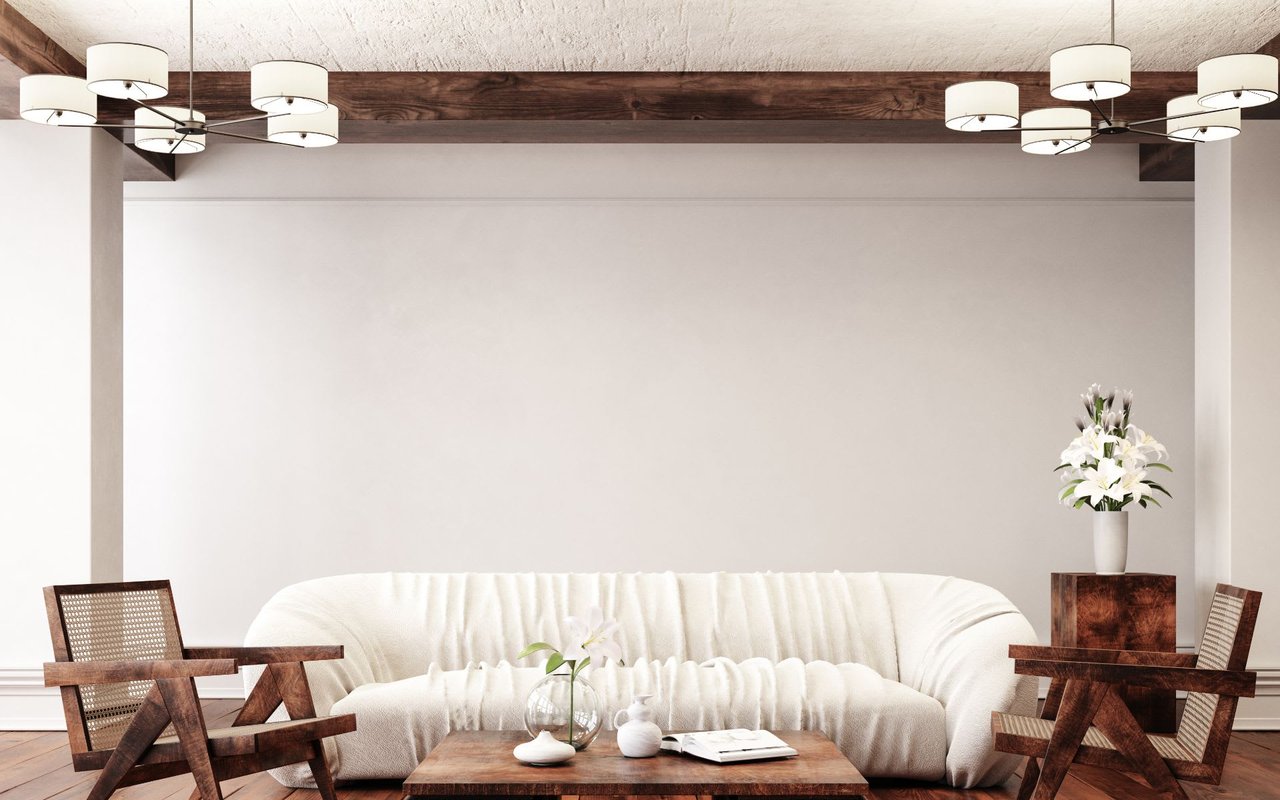Featured Articles
Filter by Categories or Explore All Our Articles Below.

Orleans, MA Real Estate Market Update
Read more
Wellfleet, MA Real Estate Market Update
Read more
Another Property Sold - 36 Herring Brook Way, Orleans, MA 02653
Read more
155 Griffiths Pond Road, Brewster, MA 02631 is Now New to the Market!
Read more
Another Property Sold - 5 E Circle Drive, Orleans, MA 02653
Read more
